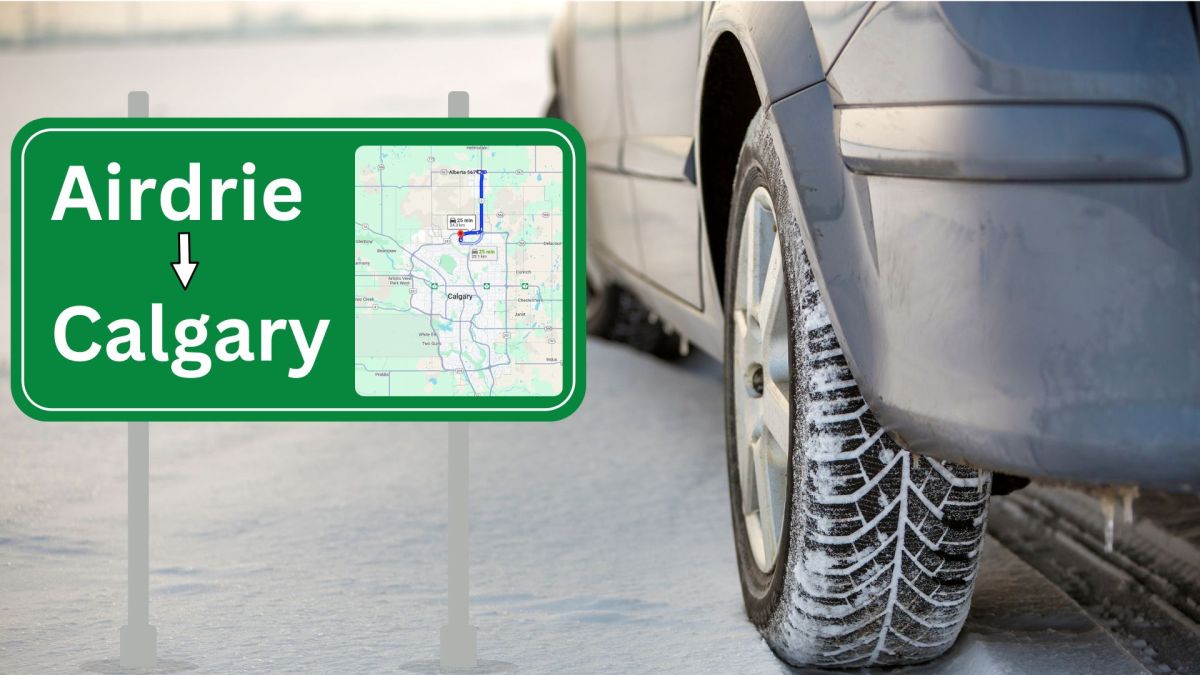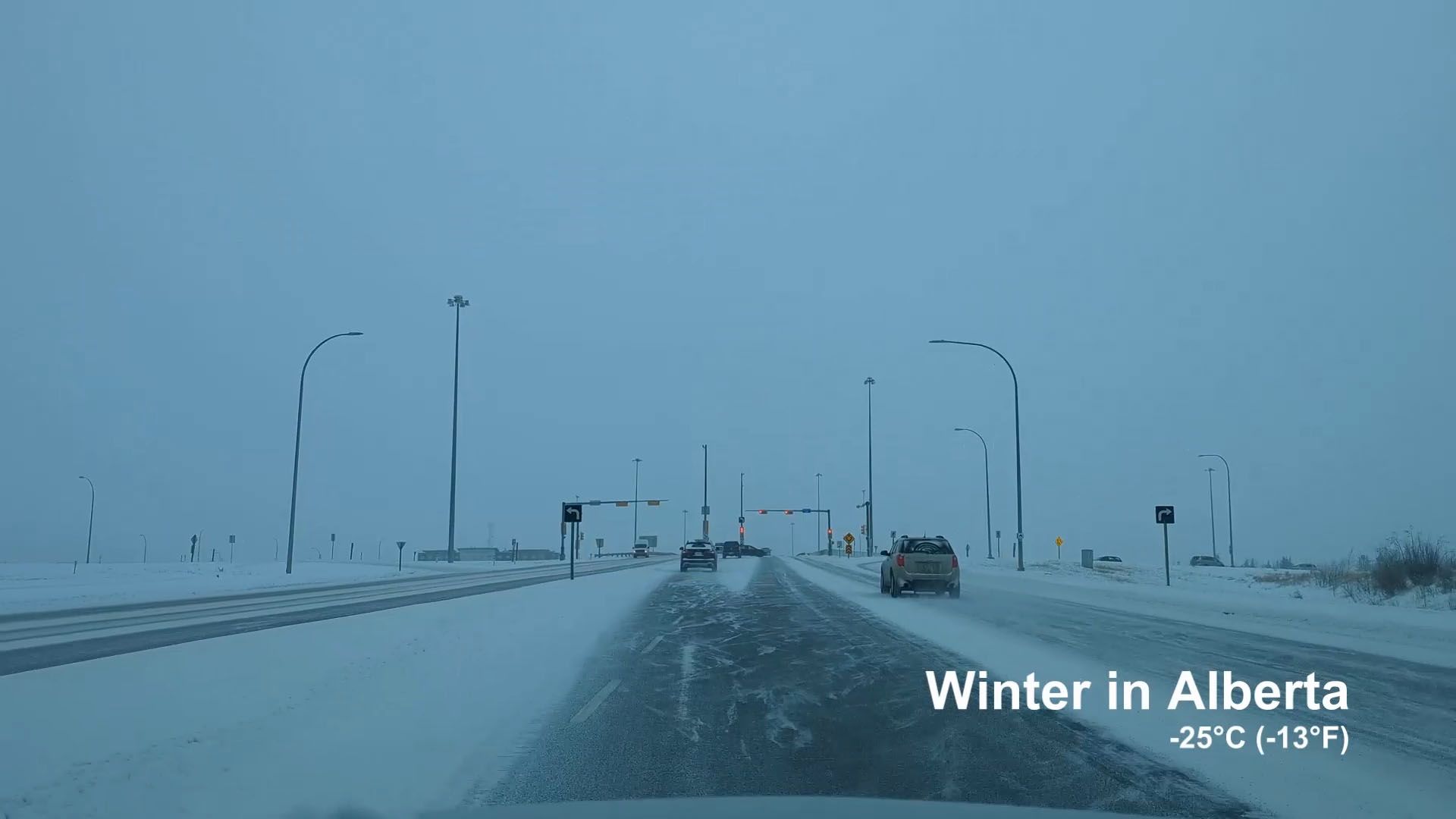Winter Travel & Driving in Southern Alberta in January & February

Winter in Southern Alberta is not for the faint of heart. If you’re planning to travel through the region, especially in January and February, it’s essential to prepare for extreme weather conditions. This article highlights what to expect when driving in winter and offers practical advice for staying safe on the road.
Winter Driving Conditions in Southern Alberta
During the deep winter months, temperatures in Southern Alberta can plummet well below freezing. On some of the coldest days, such as during a recent drive from Airdrie to Calgary, temperatures reached -25°C, with wind chills making it feel like -36°C, but they can fall even further in winter. These conditions create serious hazards for drivers, including icy roads, poor visibility, and vehicle performance issues.
Traveling between Calgary, Airdrie, and Banff in winter presents unique challenges. The drive from Airdrie to Calgary via Highway 2 can become slick with ice and snow, while the mountainous routes leading to Banff can be even more treacherous, with sudden snowfall and high winds reducing visibility. If you are unfamiliar with driving in such extreme weather, consider alternative travel options or ensure you are well-prepared.
What to Expect in January & February
-
Extreme Cold: Expect daytime temperatures ranging from -10°C to -30°C, with wind chills making it feel even colder. Nights can be even harsher, dropping to -40°C or lower in some cases.
-
Frequent Snowfall: Snowstorms can hit unexpectedly, reducing visibility and making roads slippery. Accumulations of 10-20 cm in a single storm are not uncommon.
-
Treacherous Road Conditions: Highways, including Highway 2 and the Trans-Canada Highway to Banff, often have patches of black ice, making driving particularly dangerous. Even treated roads can be slippery.
-
Slow and Cautious Driving Required: Speed limits may not be safe to follow during bad weather. Many drivers reduce their speed significantly, and traffic can come to a standstill during severe storms.
-
Road Closures and Delays: Alberta’s highways can be closed during blizzards or extreme cold to prevent accidents. Always check road reports before setting out.
Tips for Safe Winter Driving in Southern Alberta
-
Check Weather and Road Conditions: Before leaving, visit Alberta 511 (https://511.alberta.ca/) for up-to-date road conditions and closures.
-
Prepare Your Vehicle: Ensure your car is winter-ready with proper snow tires, an emergency kit, and a full gas tank.
-
Dress for the Cold: Even if you're driving, wear warm layers, gloves, and insulated boots in case of an emergency stop.
-
Drive with Caution: Slow down, leave extra space between vehicles, and use headlights in snowy conditions.
-
Carry Emergency Supplies: Pack blankets, food, water, a flashlight, and a phone charger in case you get stranded.
Driving in Southern Alberta during January and February can be a harsh experience, especially if you’re unfamiliar with extreme winter conditions. Whether you're commuting between Calgary and Airdrie or taking a scenic drive to Banff, be prepared for sudden weather changes and challenging road conditions. If you come from a warm-weather country, Alberta’s winter may be a shock! Stay informed, drive cautiously, and take the necessary precautions for a safe journey. Safe travels!



